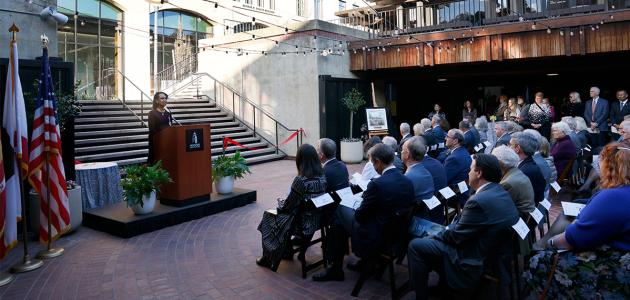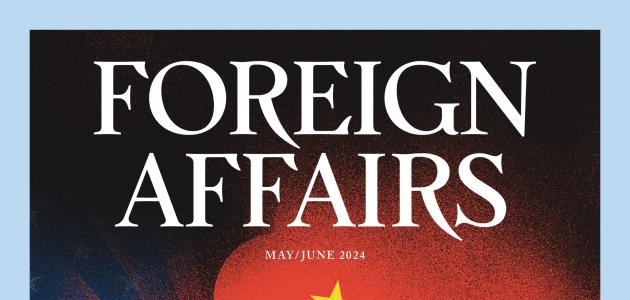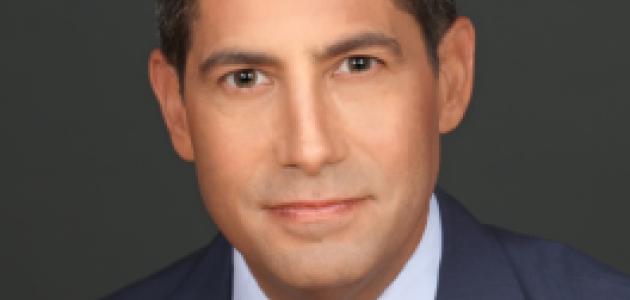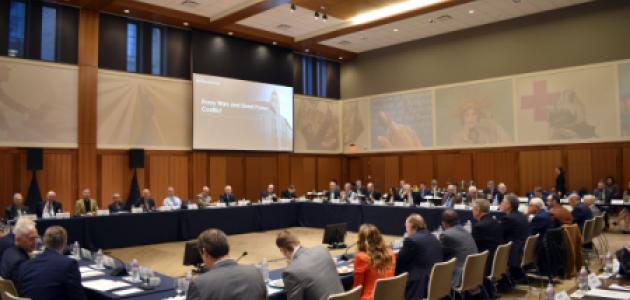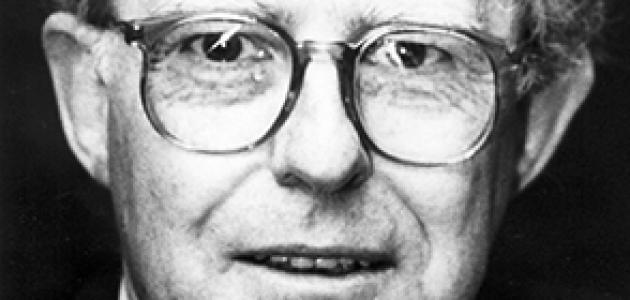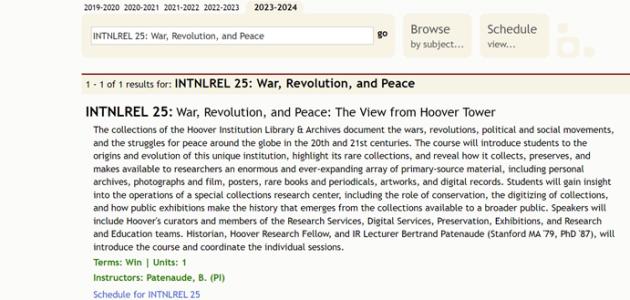The peace that was expected when the Cold War ended a decade ago has been replaced with threats from rogue states such as Iraq, North Korea, Iran, and others.
To protect the benefits gained from free international markets and growing democracies, the United States must combine force with diplomatic pressure to keep threats from escalating, according to Hoover Senior Fellow Thomas Henriksen in Using Power and Diplomacy to Deal with Rogue States, a new Hoover Institution Essay in Public Policy.
An inclination toward violence, and the possibility that rogue governments may possess chemical or nuclear weapons, highlights the danger they pose to the world's stability. Furthermore, Henriksen states, law and diplomacy alone are unlikely to have any effect on their actions.
The following four policy options should be used in combination with each other to confront rogue states, in spite of occasional disagreements that may come from our allies:
- Sanctions and isolation to inflict economic damage,
- International courts and domestic prosecution to bring criminals to justice,
- Armed interventions to coerce or eliminate rogue regimes, and
- Support for opposition movements or covert operations to oust rogue figures.
If threats from rogue states are not met with force and diplomacy, Henriksen predicts the new millennium will bring growing global anarchy, deteriorating progress toward economic development, and declining political reform.
In addition to his role as a senior fellow, Henriksen is also the associate director for program development, executive secretary of the National Fellows Program, and coordinator of the Media Fellows Program at the Hoover Institution. His current research focuses on United States foreign policy and international political affairs. Previously, he studied revolution and economic and political change in the Third World.
Copies of this Essay are available for $5 each from the Hoover Institution Press, 1-800-935-2882.
Visit the Hoover Institution Web Site at www-hoover.stanford.edu.







